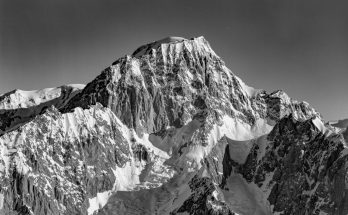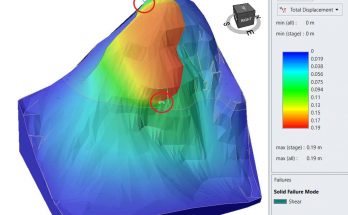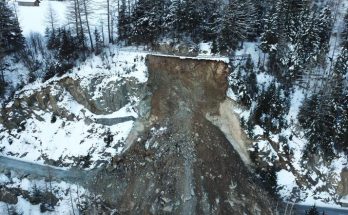Jacques Bechet et Julien Duc
Co-supervisors: Prof. Michel Jayboyedoff, Alexandre Loye
Expert: Dr. Marc-Henri Derron
The Roubine catchment located in the experimental research station of Draix (south French Alps) is situated in the black marls formation, a substratum particularly prone to weathering processes. Since 25 years this small watershed (0.13ha) has been dedicated to the monitoring and the study of hillslope erosion processes at the scale
of the elementary gully.
Since 2007, a monitoring of topographic changes of the entire Roubine catchment has been performed with terrestrial laser scanner (LIDAR) in order to observe and quantify the sediment production and the evolution of the gully in terms of sediment availability and transport capacity vs. precipitation and runoff generation. LIDAR data have been acquired periodically based on the seasonal activity with a very high point cloud density ensuring a resolution of the DEM at the centimeter scale. The topographic changes over a record spanning of 4 years are analysed by comparing the time series of LIDAR data.
Quantitative observation of the seasonal erosion activity and a fine-scale analysis of the sediment flux contributing to an important recharge of tributary gullies and rills with debris into the channel network could be performed. According to the transport capacity generated by the runoff during the season, freshly-built sources of regolith are removed at different periods of the year, forming transient deposits in the main reach when routed downward, evolving from a transport-limited to supply-limited regime through the year. The acquired high resolution point cloud enable to perform a local scale morphostructurales analysis in terms of stability and sediment production rate of the catchment slopes supplying the rills and gully with sediment.
This study aims to quantify the erosion in the Roubine’s watershed, through the comparison of the different LIDAR time series. Comparison of LIDAR Data mass balance with the measures taken by the limnigraph located at the end of the catchment was processed. Our results show that Terrestrial laser scanner is a relevant method to quantify the erosion. The results have been used for the realization of a gully’s analogical model in laboratory.
These experiments attempt to document toward a better understanding of erosion processes, which affect the badland-type terrain, by illustrating the mode of sediment production and temporal storage/entrainment in the adjacent slopes of the Roubine major gullies.



